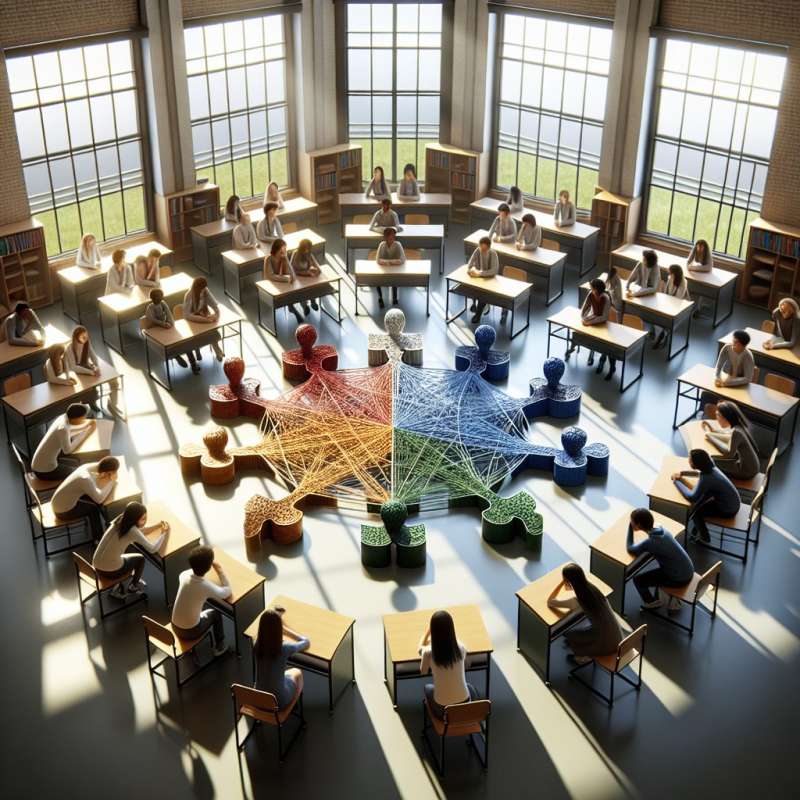
What is Systems Thinking?
Systems thinking is a holistic approach to analysis that focuses on the way that a system's constituent parts interrelate and how systems work over time within the context of larger systems.
Education as a System
Education can be viewed as a system comprising various elements: students, teachers, administrators, curricula, and environments. Each part interacts dynamically, influencing the overall educational outcomes.
Interconnections and Feedback Loops
Systems thinking in education highlights interdependencies and feedback loops. For instance, student performance can affect teaching methods, which in turn may impact student engagement and learning outcomes.
Challenging Linear Causality
Traditional education often adopts a linear perspective, expecting input-output efficiency. Systems thinking challenges this by recognizing that causes and effects are multi-directional and not always directly linked.
Leveraging Systems Archetypes
Systems archetypes, like 'fixes that fail', can be applied to education, helping identify recurrent problems and ineffective strategies that only provide short-term solutions but worsen the situation long-term.
Systems Thinking in Policy
Educational policy influenced by systems thinking considers the ripple effects of decisions, promoting sustainable changes that account for the complex interactions within the educational ecosystem.
Fostering Systemic Change
By employing systems thinking, educators can foster resilience and adaptability within educational systems, readying institutions to evolve with societal changes and technological advancements.
What is systems thinking?
Study of system constituent parts
Holistic analysis of interrelating parts
Linear cause-and-effect analysis
Company